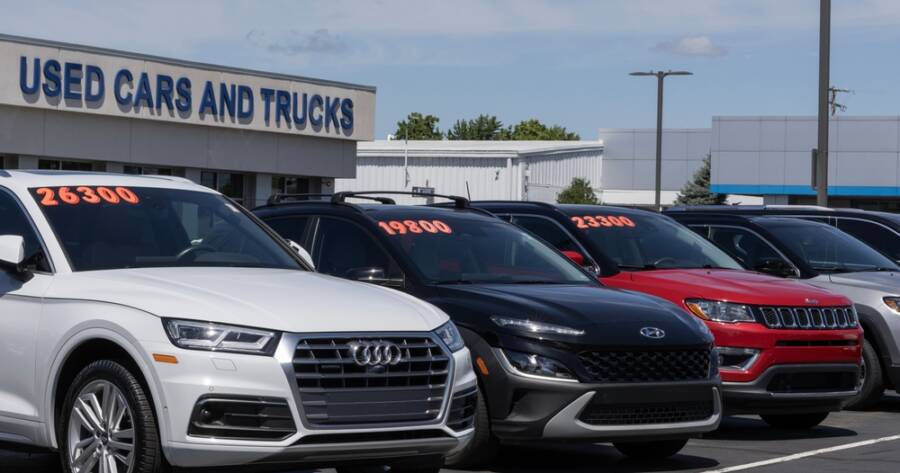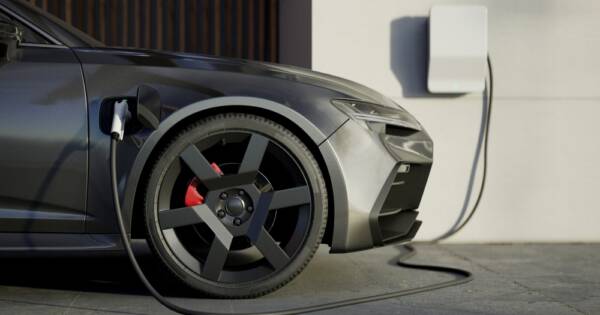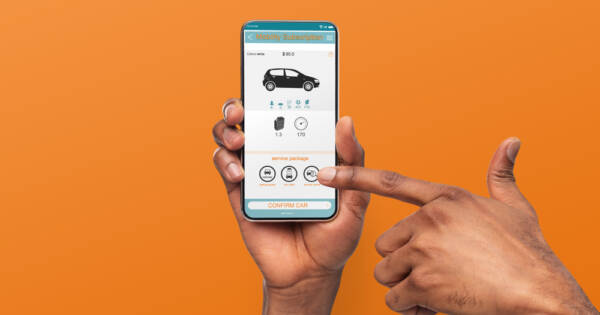Owning a car has long been considered a necessity for many, offering convenience, independence, and mobility. However, the costs associated with car ownership can quickly add up, from monthly payments and insurance to maintenance and fuel. The good news is that there are ways to make car ownership more affordable, enabling you to experience the financial freedom of having a vehicle without draining your bank account. Explore some strategies and tips to make car ownership affordable and accessible for you, whether you’re a first-time buyer or looking to reduce your current expenses.
1. Consider a Used Car
One of the easiest ways to reduce the cost of car ownership is by opting for a used car instead of a new one. New cars typically lose a significant portion of their value the moment they’re driven off the lot, whereas used cars offer a much lower initial price and depreciate at a slower rate. By purchasing a pre-owned vehicle, you can often find a high-quality car that meets your needs without the hefty price tag.
When considering a used car, it’s important to research the vehicle’s history, condition, and maintenance records. Look for reputable dealers and consider getting a mechanic’s inspection before finalizing the purchase. Websites like Autotrader, Carfax, and Edmunds offer resources to help you find used cars with a reliable track record.
2. Leverage Financing Options
If you need to finance your vehicle, shop around for the best financing options. Banks, credit unions, and online lenders often offer competitive loan rates, especially if you have good credit. Many dealerships also offer in-house financing, but these rates can sometimes be higher, so it’s important to compare terms and rates before committing.
When financing, aim to make a substantial down payment. The larger the down payment, the less you’ll need to borrow, reducing your monthly payments and the total amount of interest you’ll pay over the life of the loan. Additionally, keeping the loan term as short as possible can help you pay off the car quicker, saving money in interest costs.
3. Explore Car Leasing
If owning a car outright isn’t a necessity for you, car leasing can be an attractive alternative. Leasing a car generally comes with lower monthly payments compared to financing, which can be beneficial if you’re looking to keep your monthly expenses low. When you lease a car, you’re essentially renting it for a set period (typically 2-3 years), after which you can either return the car, buy it, or lease a new one.
Leasing allows you to drive a newer model with the latest features while keeping your payments more affordable. However, it’s important to note that there are mileage limits and potential fees for wear and tear, so make sure to read the fine print and determine whether leasing is the right option for you.
4. Consider Carpooling or Ride-Sharing Services
If the cost of car ownership is simply too high, another option is to rely on carpooling or ride-sharing services like Uber or Lyft. While this might not offer the same level of convenience as owning a car, it can be a great way to save money on transportation, especially if you don’t need to drive every day.
Carpooling with coworkers, friends, or family members can also significantly reduce your transportation expenses. By splitting the cost of gas and parking, you can enjoy the convenience of having a vehicle without the full financial burden. Ride-sharing services are also a cost-effective option for those who only need a car occasionally and don’t want the ongoing costs of ownership.
5. Reduce Maintenance and Operating Costs
Maintaining your vehicle properly is essential for ensuring it runs efficiently and lasts longer, ultimately saving you money in the long run. Simple steps such as keeping up with oil changes, tire rotations, and regular maintenance can prevent costly repairs down the road. Additionally, driving habits can impact fuel efficiency. Avoiding rapid acceleration, excessive idling, and harsh braking can help you save on fuel costs.
Look for ways to reduce your vehicle’s operating expenses. For example, using fuel-efficient driving techniques and choosing a vehicle with better fuel economy can help lower your monthly gas expenses. Shopping around for the best rates on car insurance and considering ways to reduce your coverage (if applicable) can also make a significant difference in your overall car ownership costs.
6. Take Advantage of Tax Breaks and Incentives
In some cases, you may be eligible for tax breaks or government incentives related to car ownership. For example, if you buy an electric or hybrid vehicle, you may qualify for government rebates or tax credits, helping to reduce the upfront cost. Additionally, some states offer incentives for installing electric vehicle charging stations in your home.
Check with local government agencies and tax professionals to learn about any available incentives that could help make car ownership more affordable.
Achieve Affordable Car Ownership with Smart Choices
Achieving financial freedom on wheels is possible with the right approach. By considering options like purchasing a used car, shopping for the best financing, exploring leasing, and reducing operating costs, you can make car ownership more affordable without compromising on convenience or quality. Whether you choose to buy, lease, or use ride-sharing services, there are plenty of ways to keep your transportation costs manageable while still enjoying the benefits of having your own vehicle. With a little research and planning, you can experience the independence of car ownership without breaking the bank.





